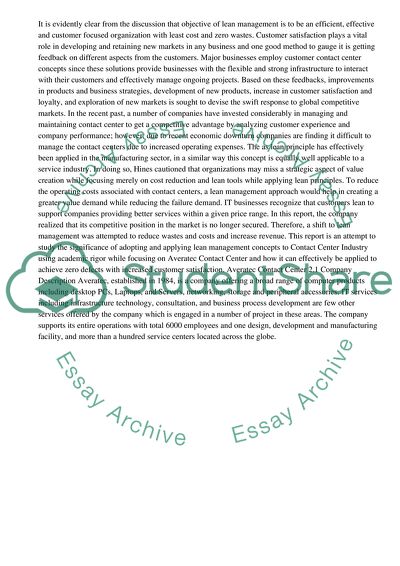Cite this document
(“Lean Management Essay Example | Topics and Well Written Essays - 2500 words”, n.d.)
Retrieved from https://studentshare.org/management/1421053-lean-management
Retrieved from https://studentshare.org/management/1421053-lean-management
(Lean Management Essay Example | Topics and Well Written Essays - 2500 Words)
https://studentshare.org/management/1421053-lean-management.
https://studentshare.org/management/1421053-lean-management.
“Lean Management Essay Example | Topics and Well Written Essays - 2500 Words”, n.d. https://studentshare.org/management/1421053-lean-management.


